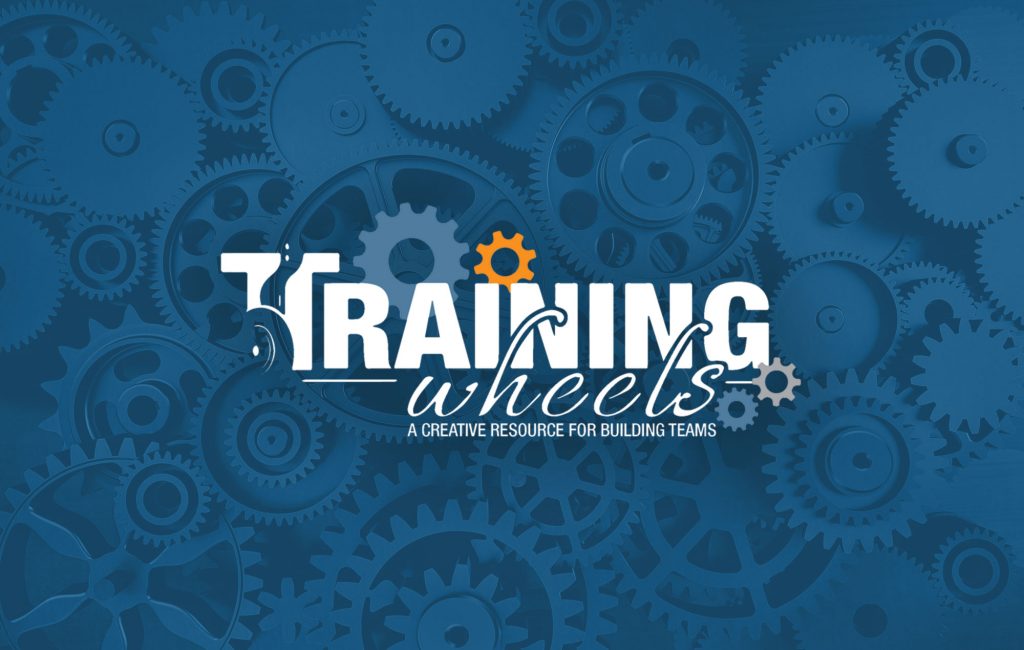
Those of us in the Experiential industry often ask our participants to step outside of their comfort zones. I’ve used the concepts of Comfort Zone, Stretch Zone and Danger/Panic Zone with clients for years, and have written several past newsletter articles on the topic as well. Today I want to share with you a new activity that I call the Comfort Zone Bullseye.
This Comfort Zone Bullseye Activity will help participants to understand what it means to step outside of their comfort zone and be open to experiencing something new. I had a large, 16-foot circular tarp created that has a giant bullseye on it. It has three rings to the bullseye. The center ring says ‘Comfort Zone’, the next ring out says ‘Stretch Zone’ and the outer ring says ‘Danger Zone’.
The Three Zones
I start with everyone standing around the outer perimeter of the tarp and explain the three zones. I also ask for different words or feelings that would be associated with each zone. Then I explain that throughout the program, I’m going to ask participants to step outside their comfort zone and into the stretch zone. However nothing is worth going into the Danger Zone. No new learning takes place there. Then I have some scenario cards that I read through, and ask people to ‘vote with their feet’ and physically place themselves in the appropriate ring of the bullseye that relates to their personal reaction to each statement. I start with scenarios that pertain to physical risk, then gradually work my way up to emotional risk.
This activity also allows participants to see how one person may be in their Comfort Zone, and another person may be in the Danger Zone for the same scenario. This leads to excellent debriefing points on how we all have different tolerances for different scenarios.
It’s a great way to set the tone for your program right off the bat. I use this in my Experiential Facilitation 101 course to help teach the concepts of the ‘Stretch Zone’, and everyone LOVES it.
This new activity is a little pricier than my usual products. This is in part to the quality of the tarp material being used. I contracted a billboard company to print these tarps, so you are literally buying a billboard when you purchase this product. Seeing how many of us work in the outdoors, this tarp could be left outside year-round and still maintain it’s integrity.
Check out my full write-up, including my intro ‘Facilitator Script’ and Debriefing statements on our Online Store. 
Make Your Own:
Here are a few ideas on how to make your own.



Founder / Facilitator / Big Wheel of Training Wheels